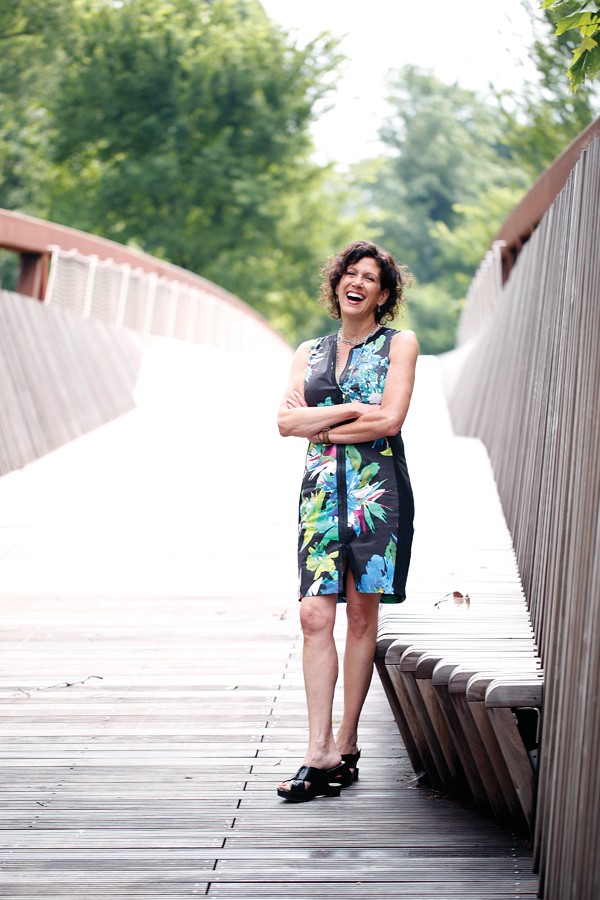 Justin Fox Burks
Justin Fox Burks
Memphis Flyer: You once described the park as being a kind of lynchpin for the greening of Memphis. Can you elaborate on that?
Laura Adams: I think it was the spark. A little money was raised to write a white paper for Shelby Farms Park in 2004. Basically, what we wrote about was the public realm of parks, greenways, greenlines, and so on, and how they were more valuable than the sum of their parts. It was difficult to measure the economic impact at the time, but we knew these kind of resources made great cities. Shelby Farms touches so many communities, we knew the vision had to be big. And it’s so centrally located — literally at both the geographic and population center of Shelby County — so we needed to have a high level of expectation as to what the park should do for community.
And you worked with other groups?
We began to collaborate with other green organizations like the Wolf River Conservancy, the Greater Memphis Greenline, recreational groups, dog groups, cyclist groups, and disc golfers. We got together with anybody we could pull together within the environmental and recreational communities.
There was that big meeting at Memphis Botanic Garden, right?
February 8, 2007. It was a collaboration of groups, Greening Greater Memphis. We had money from the Hyde Foundation and the Community Foundation. Smart City Consulting was the host. They brought in Alex Garven, the guy who literally wrote the book on why parks and green spaces matter. It was a cold, rainy night and we didn’t expect more than 100 people. But we were standing room only — more than 1,000 people showed up. I think that’s the night a movement was born in Memphis for parks and greenways and for Shelby farms.
But none of this could have happened without the conservation easement.
Before the conservation easement, any time there was a difficult budget season, some commissioner would say, “Sell Shelby Farms.” Or, “Sell part of Shelby Farms.” It’s pretty impossible to fund-raise if Shelby Farms is always at risk of becoming the next Walmart.The park is going to be a huge construction zone for two years.
There’s no way around it. This is going to be a massive construction site. We’re doing a lot to ease the pain, like creating two new entrances to the park. We have insisted that connection between the Shelby Farms Greenline and Wolf River Pedestrian Line and Greenway not be broken for even a minute during construction.
We’re going to have to draw down water volume at Patriot Lake, so we’re moving the current boathouse to Pine Lake, so visitors will still be able to have a water experience. And we’re also activating other areas of the park with festivals and opportunities for play, like Splash & Splatter, which is set up in the 100-acre dog park.
But it’s all going to be worth it?
We’re not apologetic. We know it will be worth it. The pain is worth the gain. I predict an exponential jump in usership. In part, because there are new things to do. But also new users coming because of ecotourism, which is a very hot, growing field of tourism.
Are there plans for more large-scale enhancements down the line?
This is the largest project we’ll ever do. You could say [because of the conservation easement] there’s not even an ability to be able to develop facilities outside the Patriot Lake area. And there’s not a desire to. We love the park the way it is.